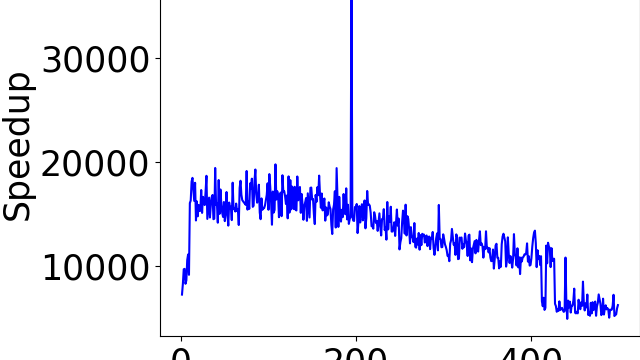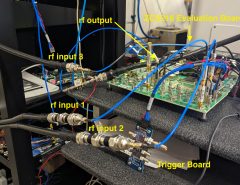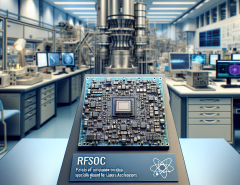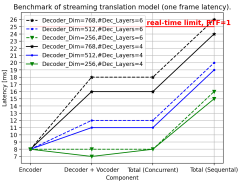Authors: Durga Keerthi Mandarapu, Nicholas James, Milind Kulkarni
Published on: February 22, 2024
Impact Score: 7.6
Arxiv code: Arxiv:2402.14801
Summary
- What is new: Mochi introduces new reductions for collision detection utilizing Ray Tracing cores, achieving significant speedups.
- Why this is important: Existing collision detection methods are computationally intensive and not efficient enough for real-time applications.
- What the research proposes: Mochi accelerates both broad and narrow phases of collision detection by leveraging Ray Tracing cores in GPUs.
- Results: Mochi achieves several orders of magnitude speedups on synthetic datasets and 5x-28x speedups on real-world datasets.
Technical Details
Technological frameworks used: Mochi, leveraging Ray Tracing cores
Models used: Bounding Volume Hierarchy (BVH)
Data used: Synthetic and real-world triangle mesh datasets
Potential Impact
Robotics, visual graphics, fluid mechanics, and any industry requiring real-time collision detection.
Want to implement this idea in a business?
We have generated a startup concept here: RapidMesh.




Leave a Reply